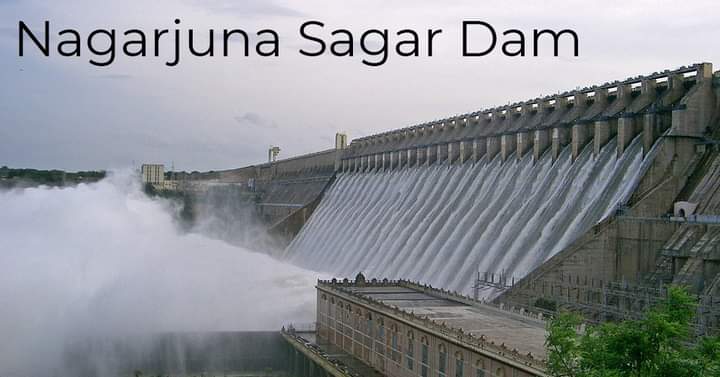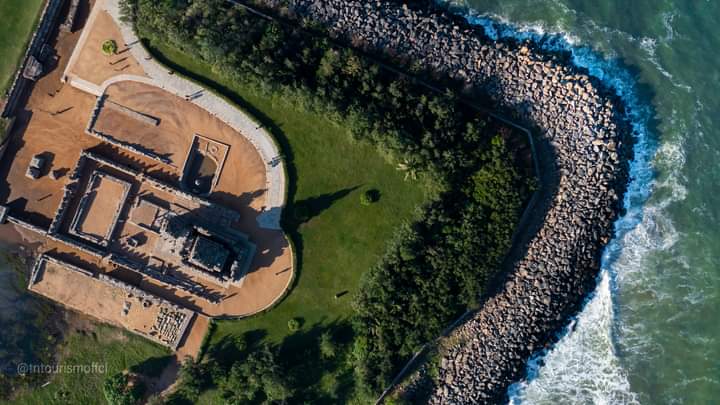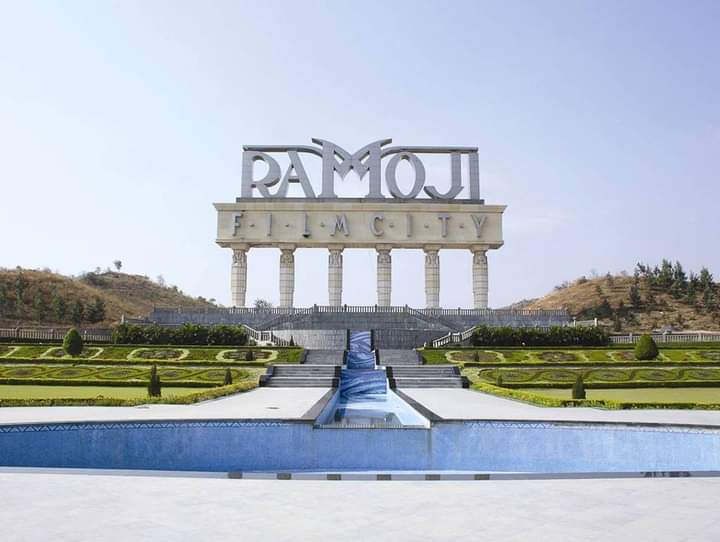Nagarjuna Sagar is a prominent dam and reservoir located in the Nalgonda district of the Indian state of Telangana. The dam is constructed across the Krishna River, one of the major rivers in India. It is named after the renowned Buddhist philosopher Nagarjuna.
Here are some key details about Nagarjuna Sagar:
Purpose: Nagarjuna Sagar Dam serves multiple purposes, including irrigation, hydroelectric power generation, and flood control. It provides irrigation water to a vast agricultural area in the districts of Nalgonda, Prakasam, and Khammam, contributing significantly to the agricultural development of the region. The dam also generates hydroelectric power through its power station.

Construction: The construction of Nagarjuna Sagar Dam started in 1955 and was completed in 1967. The project was a joint effort between the Central Government, the Government of Andhra Pradesh (now Telangana and Andhra Pradesh), and the Nizam state. The dam was built with the objective of harnessing the Krishna River’s waters and addressing the water needs of the region.
Dimensions: Nagarjuna Sagar Dam is one of the largest masonry dams in the world. It has a height of about 124 meters (407 feet) and a length of around 1,550 meters (5,090 feet). The dam’s reservoir, also known as Nagarjuna Sagar Lake, has a storage capacity of around 11,472 million cubic meters (405 billion cubic feet) of water.
Hydroelectric Power Generation: The dam features a hydroelectric power station with a capacity of 816.5 megawatts (MW). The power station has multiple units that generate electricity using the water released from the reservoir. The hydroelectric power generated at Nagarjuna Sagar contributes to the electricity supply of the region.
Nagarjuna Sagar Wildlife Sanctuary: The area around Nagarjuna Sagar is home to the Nagarjuna Sagar Wildlife Sanctuary, which covers an area of approximately 356 square kilometers (137 square miles). The sanctuary is known for its rich biodiversity and provides habitat to various wildlife species, including tigers, leopards, deer, wild boars, and numerous bird species.
Nagarjuna Sagar Dam and the scenic surroundings have also become a popular tourist destination, attracting visitors with its picturesque views, boating facilities, and the nearby Nagarjuna Sagar Wildlife Sanctuary.





One thought on “Interesting facts about Nagarjuna Sagar”
Comments are closed.